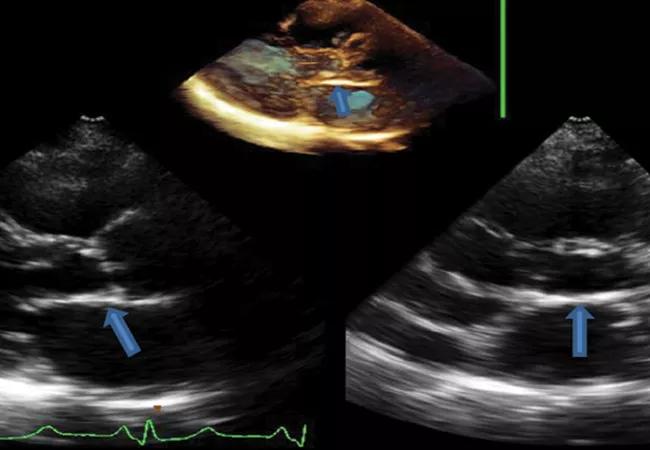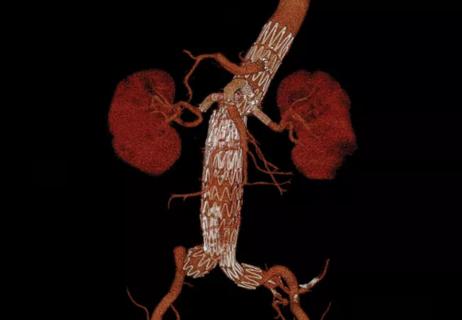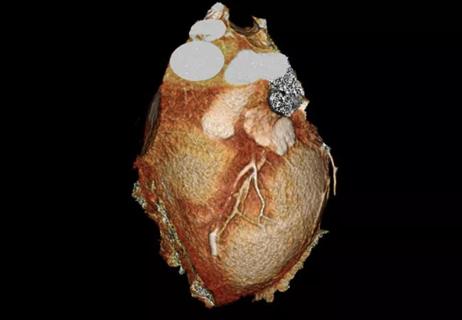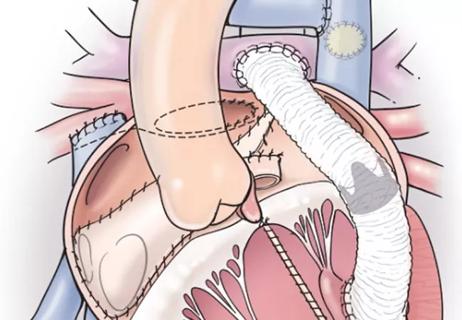Wave of modern database studies may push guidelines forward

For a cardiologist specializing in valve disease, practicing at Cleveland Clinic can feel like being a kid in a candy store.
Advertisement
Cleveland Clinic is a non-profit academic medical center. Advertising on our site helps support our mission. We do not endorse non-Cleveland Clinic products or services. Policy
“We do more heart valve surgeries — and perhaps see more valve patients — than any other center in the world,” says Brian Griffin, MD, Section Head of Cardiovascular Imaging. “As a result, we have a huge dataset of valve patients we can study to evaluate how they fare over the long term. We’ve put a lot of effort into trying to understand the factors affecting outcome in patients with relatively common conditions, such as mitral regurgitation, aortic stenosis and aortic regurgitation.”
“A lot of effort” may be an understatement, as Dr. Griffin and his Section of Cardiovascular Imaging colleagues published over 100 papers in peer-reviewed journals in 2016 alone. A sizeable share of them were large observational studies conducted with Cleveland Clinic cardiac surgeons that focused on using imaging to improve approaches to valve surgery.
Two major themes emerged from these papers:
Dr. Griffin says that much of the data guiding valve disease management in recent years is from 20 or more years ago, “when surgical outcomes in valve disease weren’t nearly as good as they are now.” Moreover, current guidelines on when to intervene in valve disease are founded on studies in relatively small patient samples. “They may be based on studies of 100 or 200 patients, whereas now we have outcomes from thousands of patients,” he notes.
Advertisement
He cites the example of mitral regurgitation: “The traditional view is that a pulmonary artery pressure above 50 mm Hg indicates a severe leak and argues for surgical intervention. But last year we published an observational cohort study in 1,318 patients (J Am Coll Cardiol. 2016;67:2952-2961) showing that the cut point where you start to see a decline in outcome is a lot lower than 50 mm Hg, and that the risk effect is continuous across pulmonary vascular pressures. In other words, the higher your pulmonary pressure, the worse you do. So waiting until a patient’s pressure rises above 50 may not always be the right thing.”
Similarly, mounting experience in the use of strain-rate imaging is enabling detection of subtle deterioration in heart function before a patient’s ejection fraction starts to change. “We’ve found in a series of studies of several types of valve lesions that people who have apparently normal ejection fractions but have impaired strain tend to do worse long-term,” says Dr. Griffin. “So the questions we’re exploring are whether we should be intervening earlier in valve disease and whether to use newer measures like strain or B-type natriuretic peptide to determine when to intervene.
“We’ve applied this pretty broadly,” he continues, “from aortic valve disease to mitral valve disease to aortic regurgitation and beyond.” In addition to the example studies in the sidebar, Dr. Griffin cites a recent large cohort analysis in Circulation (2016;134:1724-1737) showing that indexing aortic root area to patient height provides independent and improved stratification for mortality risk as compared with aortic diameter alone in patients with a dilated proximal ascending aorta and trileaflet aortic valve. “This has clear implications for timing of surgical intervention in this population.”
Advertisement
Dr. Griffin notes that strain imaging is especially well suited to research at high-volume centers because it can be done post hoc. “You don’t have to do the measurements at the time of imaging,” he says. “Our images are all digitized, so we can go back and have researchers acquire the strain data after the fact if needed, to answer specific research questions.”
But growth in the use of strain imaging has led to some misperceptions among clinicians, cautions one of Dr. Griffin’s Section of Cardiovascular Imaging colleagues, Milind Desai, MD, Professor of Medicine, Cleveland Clinic Lerner College of Medicine.
“There’s an assumption among some cardiologists that strain-based assessment is a one-size-fits-all approach across various conditions, but we no longer believe that’s accurate,” says Dr. Desai. “What we’re learning from a series of studies is that strain must be understood in the context of the lesion being studied.”
He cites the example of mitral regurgitation (MR) versus hypertrophic cardiomyopathy (HCM): “In our dataset, 95 percent of patients with MR have a strain better than 18 percent, whereas 95 percent of patients with HCM have a strain worse than negative 18 percent. Yet if you follow these groups over time, mortality is less than 0.5 percent per year in both groups. So strain means very different things in these different settings.”
Dr. Desai adds that similar differences in strain are seen between aortic stenosis and HCM, for example, or between aortic stenosis and aortic regurgitation — all with different implications. “And if a patient has mixed valve disease, we don’t yet know which condition is in the driver’s seat versus the passenger seat,” he notes. “Many factors go into the implications of strain, and plenty of questions remain.”
Advertisement
Answering those questions is on the priority list of Drs. Griffin, Desai and colleagues moving forward, as is fuller evaluation of other emerging biomarkers to help determine optimal timing of valve surgery (as detailed in this earlier post), such as exercise capacity and blood markers.
Additional research priorities include the use of multiple imaging modalities and 3-D-printed models to help devise new ways of placing bioprosthetic valves at the challenging mitral and tricuspid positions.
And continuing advances in transcatheter placement of aortic valves raise a separate research challenge: How best to individualize the choice between transcatheter and surgical aortic valve replacement at a center like Cleveland Clinic where surgical outcomes are extraordinarily good. “We’re lucky to have gifted surgical colleagues and the volumes to make both procedural approaches very low-risk, but that’s not the case everywhere,” says Dr. Griffin. “Answering nuanced questions like this in a way that’s applicable for individual patients is where the valve field is headed.”
Advertisement
Advertisement

General principles for use of the long-awaited new therapy approach

ACC panel issues call to action to achieve CV health equity in an underserved population

EVAR pioneer Dr. Juan Parodi surveys the past and future of a revolutionary procedure

Latest systems combine continuous glucose monitoring with automatic basal insulin delivery

Common congenital lesion is not always benign

New study yields pre-pandemic insights for the post-pandemic landscape

Series of five patients successfully treated with ‘ventricular switch’

Results also show eagerness to learn more